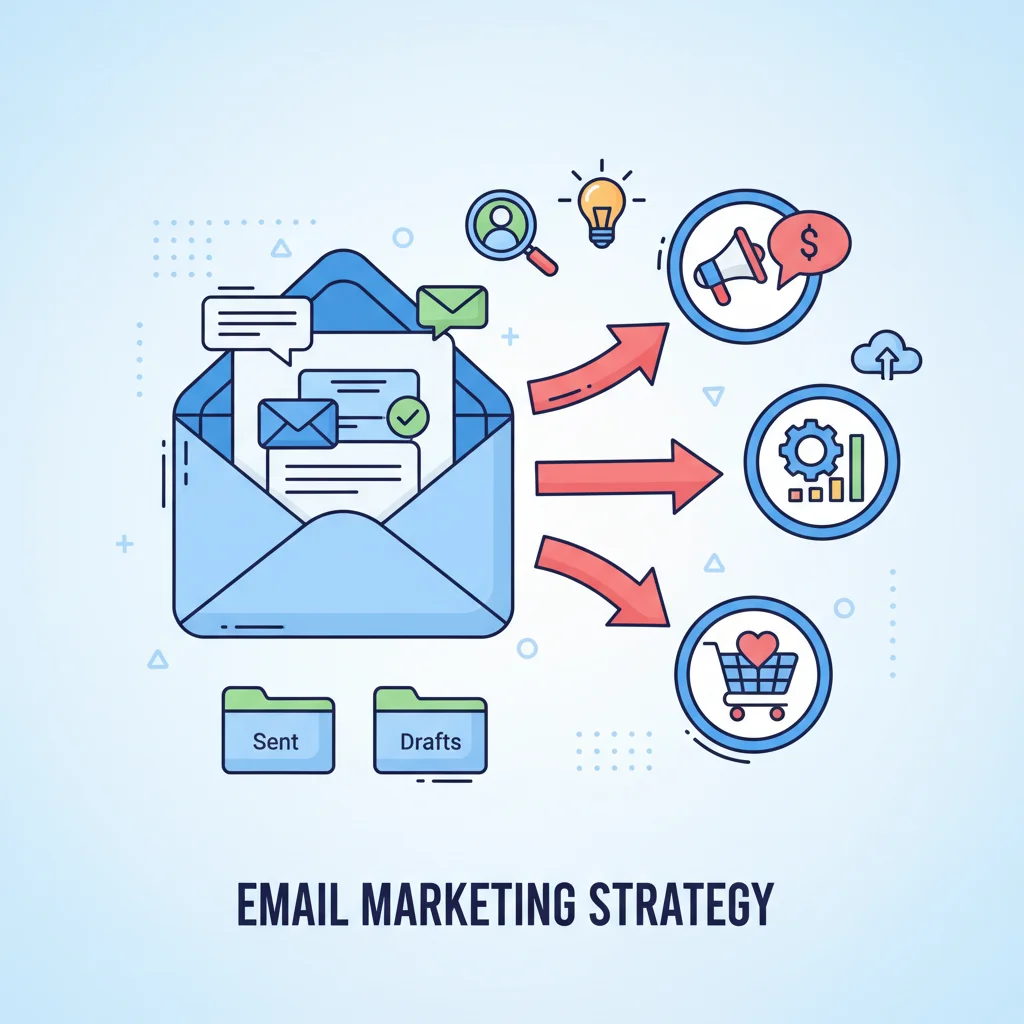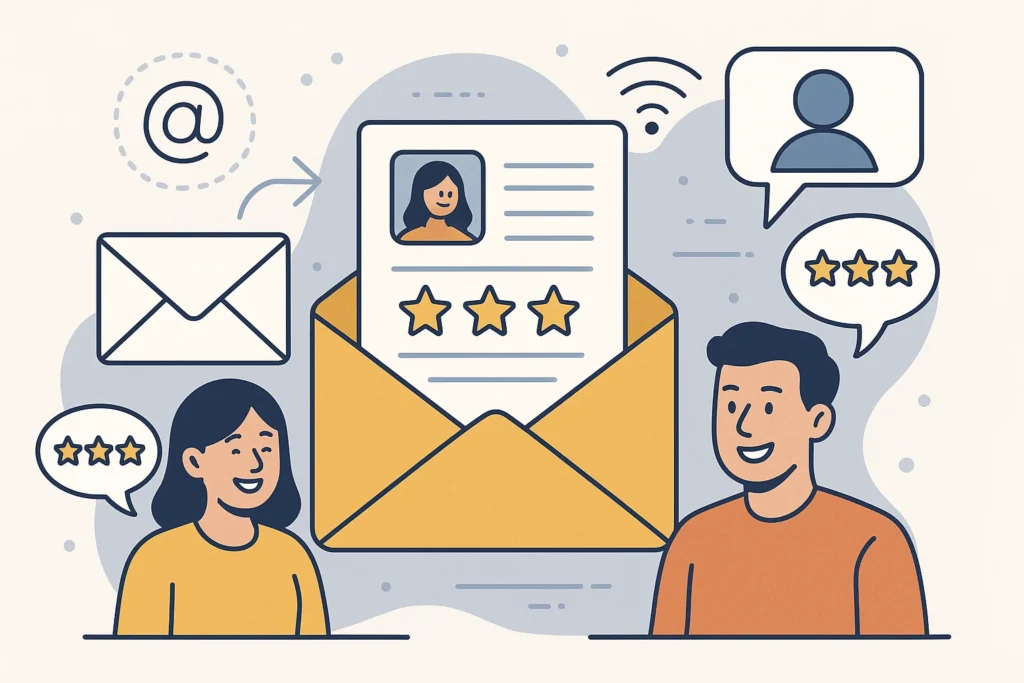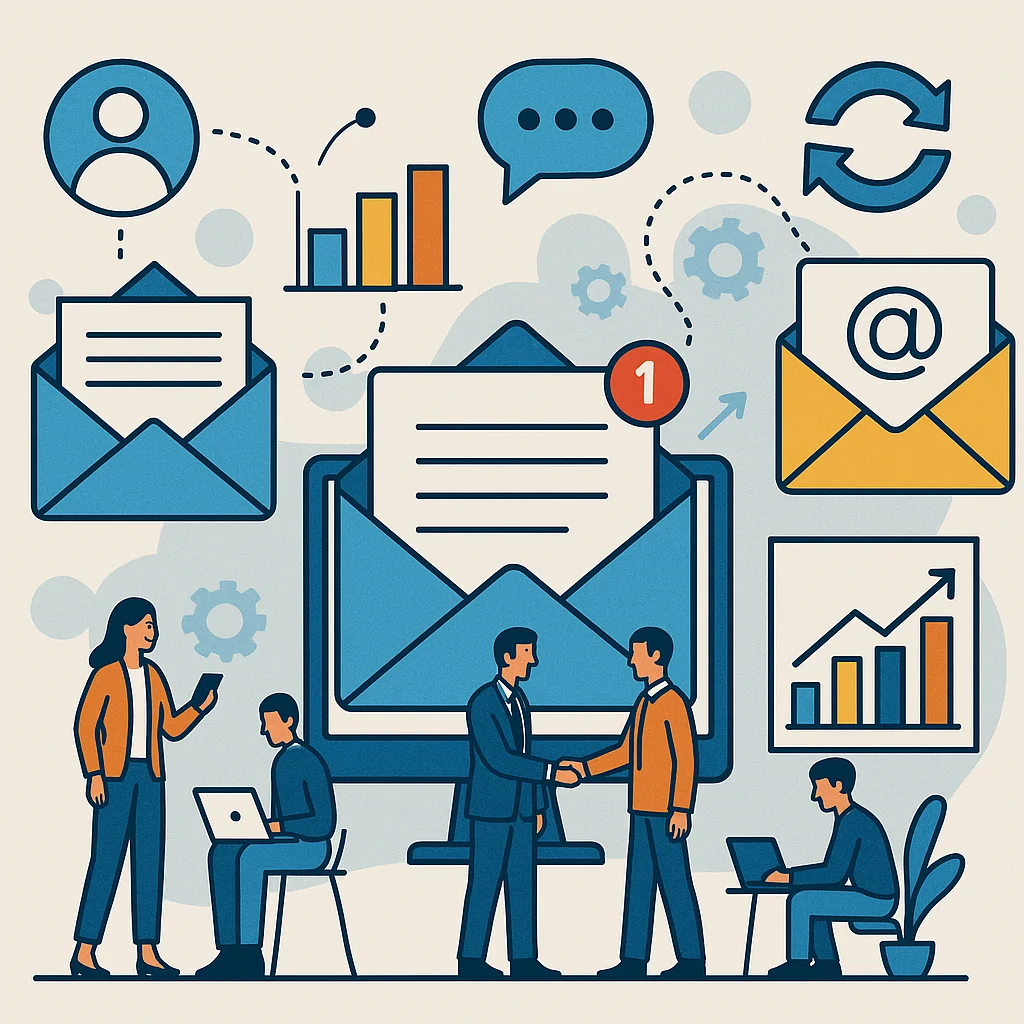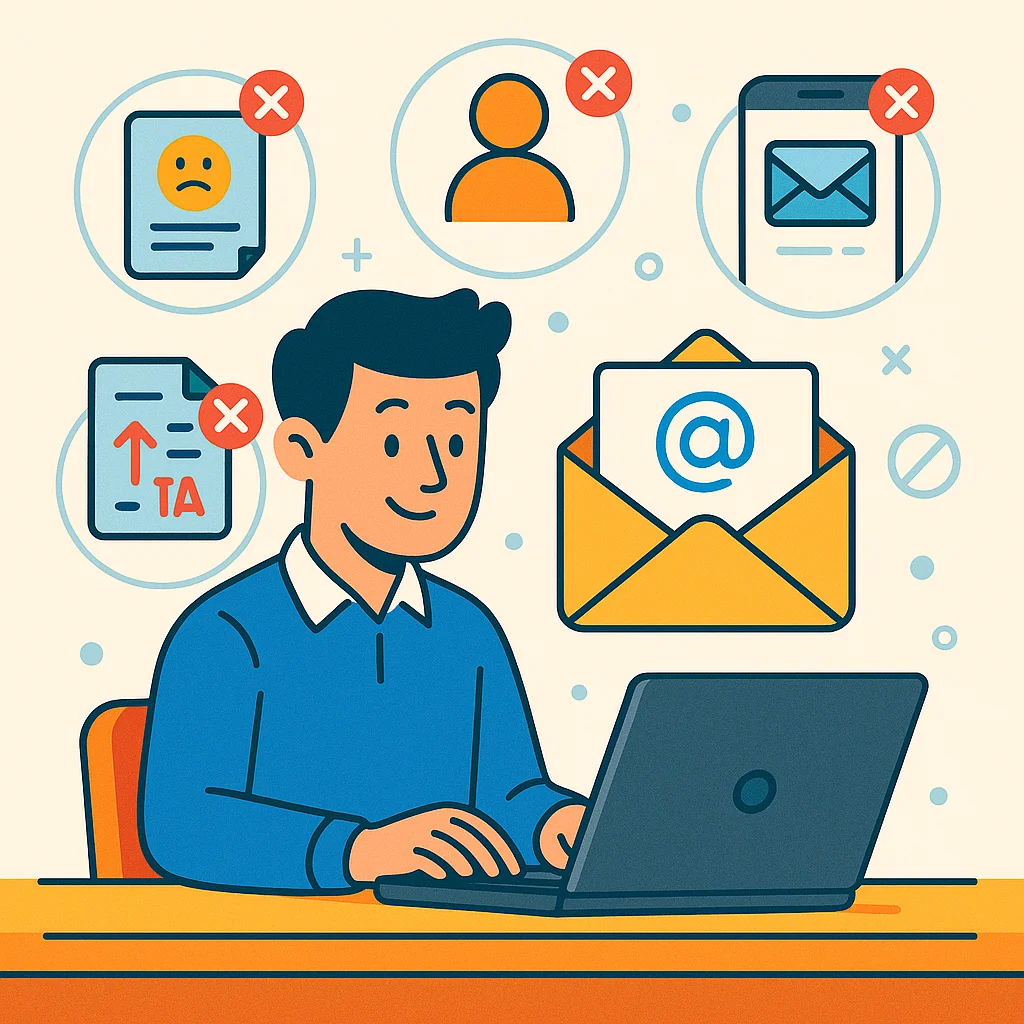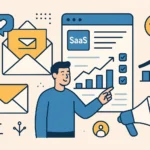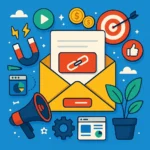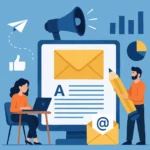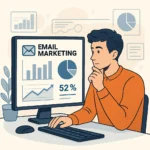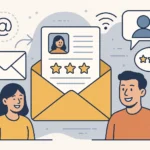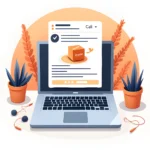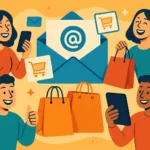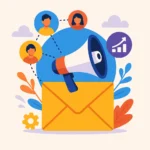Now Reading: How to Create Effective Email Newsletters That People Actually Open
-
01
How to Create Effective Email Newsletters That People Actually Open
How to Create Effective Email Newsletters That People Actually Open

Last month, I sent what I thought was a brilliant newsletter to my 5,000 subscribers. Open rate? A measly 12%. Click-through rate? Don’t even ask. After licking my wounds, I went back to the drawing board to figure out how to create effective email newsletters that people actually want to read. What I discovered changed everything.
Key Takeaways
- Define clear goals for your newsletter (engagement, sales, education) before you start creating content
- Choose the right email platform that fits your needs and budget (GetResponse, Sender, Mailchimp)
- Build and segment your email list to deliver more personalized, relevant content
- Craft compelling subject lines that grab attention (45-50 characters max)
- Design mobile-friendly templates with clean layouts and strategic CTAs
- Create valuable, concise content that solves problems for your readers
- Maintain consistent sending schedule to build reader expectations
- Test different elements (subject lines, send times, content types) to optimize performance
Define Your Newsletter Goals
What’s the point of your newsletter anyway? Without clear goals, you’re just shooting emails into the void.
Some common newsletter goals include:
- Building relationships with customers
- Educating subscribers about your products
- Driving traffic to your website
- Generating sales or leads
- Establishing yourself as an industry expert
Pick 1-2 primary goals and stick to them. Trying to do everything at once is a recipe for a confusing, ineffective newsletter.
For example, if you run a fitness business, your goal might be to educate subscribers about workout techniques while subtly promoting your training programs. If you’re an ecommerce store, you might focus on showcasing new products and driving sales.
Useful Articles:
Know Your Audience Inside Out
Who are these people you’re emailing? What do they care about? What problems keep them up at night?
The better you understand your audience, the more relevant and engaging your newsletter will be. Think about:
- Demographics (age, location, income)
- Interests and pain points
- Why they subscribed in the first place
- What value they expect from you
One fitness brand I follow segments their audience into beginners, intermediate, and advanced fitness enthusiasts. Each group gets different content tailored to their specific needs and challenges. Smart, right?
Choose The Right Email Platform
There are tons of email marketing platforms out there, and picking the right one can make your life way easier. Some popular options include:
- GetResponse
- Sender
- Mailchimp
- Brevo (formerly Sendinblue)
- ConvertKit
Look for features like:
- User-friendly email builders
- Responsive templates
- Segmentation capabilities
- Automation tools
- Analytics and reporting
- Reasonable pricing as your list grows
I personally like platforms with drag-and-drop editors because I’m not exactly a coding wizard. But your needs might be different!
Useful Articles:
Building Your Email List
Even the most amazing newsletter is useless without subscribers. Here’s how to grow a quality email list:
Ethical List Building Techniques
Always, always, ALWAYS get permission before adding someone to your list. Not only is this legally required in many places (hello, GDPR and CAN-SPAM), but sending emails to people who didn’t ask for them is just plain rude.
Some effective ways to grow your list:
- Create valuable lead magnets (ebooks, checklists, templates)
- Add signup forms to high-traffic pages on your website
- Use exit-intent popups (not annoying ones, please)
- Promote your newsletter on social media
- Offer exclusive content or discounts for subscribers
- Add a signup option during checkout (for ecommerce)
Segment Your Audience
Not all subscribers are the same, so why send them all the same content?
Segmentation lets you group subscribers based on shared characteristics so you can send more relevant emails. You can segment based on:
- Demographics (age, location, gender)
- Purchase history
- Website behavior
- Email engagement
- Signup source
- Content preferences
For example, if you run a cooking blog, you might segment subscribers into vegetarians, meat-lovers, and dessert enthusiasts. Each group gets recipes and content tailored to their preferences.
Crafting Irresistible Newsletter Content
Now for the fun part – creating content people actually want to read!
Write Subject Lines That Get Opens
Your subject line is like the headline of a newspaper – if it doesn’t grab attention, nobody’s reading the article. Some tips:
- Keep it short (45-50 characters max)
- Create curiosity or urgency
- Avoid spammy words like “FREE!!!” or “ACT NOW!!!”
- Use personalization when appropriate
- Test different approaches
Some effective subject line formulas:
- Questions: “Want to double your email open rates?”
- How-to: “How to create stunning emails in 10 minutes”
- Lists: “5 newsletter mistakes you’re probably making”
- Curiosity: “The email strategy nobody’s talking about”
- Personalized: “John, your May newsletter is here”
Design For Readability And Engagement
Nobody wants to read a wall of text in their inbox. Make your newsletter visually appealing and easy to scan:
- Use a clean, uncluttered layout
- Break up text with subheadings and bullet points
- Include white space to give content room to breathe
- Use web-safe fonts that are easy to read
- Keep paragraphs short (2-3 sentences max)
- Include relevant images (but don’t overdo it)
- Make sure your design is mobile-friendly (over 60% of emails are opened on mobile)
Content Types That Work
Mix up your content to keep things interesting. Some popular newsletter content types include:
- Educational articles and tips
- Industry news and updates
- Behind-the-scenes looks at your business
- Customer success stories
- Product highlights or new releases
- Exclusive offers or discounts
- Curated content from around the web
- Upcoming events or webinars
The key is providing value first, selling second. If every newsletter is just “BUY OUR STUFF,” people will unsubscribe faster than you can say “email marketing.”
Nail Your Newsletter Structure
A good newsletter has a consistent structure that makes it easy to navigate. Here’s a simple template:
- Header: Logo, issue number/date
- Introduction: Brief personal note or overview
- Main content: Your primary article or feature
- Secondary content: Additional sections or features
- CTA: Clear call-to-action
- Footer: Contact info, unsubscribe link, social media
You don’t need to reinvent the wheel with each issue. Create a template you can reuse while updating the content.
Useful Articles:
Technical Best Practices
Let’s get a bit technical (but not too technical, I promise).
Mobile Optimization Is Non-Negotiable
More than 60% of email opens happen on mobile devices. If your newsletter looks terrible on phones, you’re alienating most of your audience.
Tips for mobile-friendly newsletters:
- Use responsive templates
- Keep subject lines under 40 characters for mobile
- Use larger font sizes (min 14px for body text)
- Make buttons large enough to tap (min 44×44 pixels)
- Test your newsletter on multiple devices
Timing And Frequency
When and how often you send your newsletter matters a lot:
- Consistency is key: Whether it’s weekly, bi-weekly, or monthly, stick to a regular schedule
- Best days: Tuesday, Wednesday, and Thursday typically see higher open rates
- Best times: 10 AM, 1 PM, and 4 PM often perform well
- Test what works: Your audience might be different, so experiment and track results
Whatever schedule you choose, be consistent. If subscribers expect your newsletter every Tuesday morning, deliver it every Tuesday morning.
Personalization Beyond “Hi [Name]”
Yes, using someone’s name is nice, but true personalization goes much deeper:
- Recommend products based on past purchases
- Reference previous interactions
- Acknowledge milestones (subscription anniversary, birthday)
- Tailor content based on location or interests
- Segment emails based on behavior
One ecommerce brand I follow sends me recommendations based on items I’ve viewed but not purchased. Creepy? A little. Effective? Absolutely.
Creating Your First Newsletter
Enough theory – let’s put this into practice!
Step 1: Plan Your Content
Before opening your email platform, outline what you want to include:
- Main topic or theme
- Key points to cover
- Images or graphics needed
- Links to include
- Call-to-action
Step 2: Write Compelling Copy
Now draft your content, keeping these tips in mind:
- Write conversationally, like you’re talking to a friend
- Focus on benefits, not features
- Use active voice and strong verbs
- Keep sentences and paragraphs short
- Edit ruthlessly – cut anything that doesn’t add value
Step 3: Design Your Layout
Using your email platform’s editor:
- Choose a responsive template
- Add your branding elements
- Insert your content
- Add relevant images
- Format text for readability
- Include a clear CTA button
Step 4: Test Before Sending
Always, always test your newsletter before hitting send:
- Send a test email to yourself
- Check how it looks on desktop and mobile
- Verify all links work correctly
- Proofread for typos and errors
- Test with different email clients if possible
Step 5: Schedule And Send
Choose the optimal time based on your audience and schedule your send. Most email platforms allow you to schedule emails in advance.
Advanced Newsletter Strategies
Ready to level up? Try these advanced techniques:
A/B Testing For Continuous Improvement
Test different elements to see what resonates with your audience:
- Subject lines
- Preview text
- Send times
- Content formats
- CTA placement and wording
- Design elements
Most email platforms make A/B testing easy. Start with subject lines, as they have the biggest impact on open rates.
Automation Sequences
Set up automated newsletter sequences for different segments:
- Welcome series for new subscribers
- Re-engagement campaigns for inactive subscribers
- Educational sequences for specific topics
- Seasonal or holiday newsletters
Automation saves time while delivering more relevant content to subscribers.
Interactive Elements
Make your newsletters more engaging with interactive elements:
- Polls and surveys
- GIFs and videos
- Countdown timers
- Interactive images
- Quizzes or assessments
Just be careful not to overdo it – some email clients don’t support all interactive features.
Common Newsletter Mistakes To Avoid
Learn from my painful mistakes so you don’t have to make them yourself:
- Inconsistent sending schedule: Nothing kills momentum like disappearing for months
- Too much promotional content: Nobody wants a constant sales pitch
- Cluttered design: Keep it clean and focused
- No clear CTA: What do you want readers to do after reading?
- Not optimizing for mobile: Test on multiple devices
- Ignoring analytics: Use data to improve future newsletters
- Buying email lists: Just don’t. Seriously.
- Forgetting to segment: One-size-fits-all rarely works
- Neglecting the preview text: This is prime real estate in the inbox
Legal Compliance Essentials
Boring but super important:
- Include your physical address: Required by law in many countries
- Make unsubscribing easy: One-click unsubscribe is best
- Honor opt-out requests promptly: Usually within 10 days
- Get explicit consent: No pre-checked boxes
- Be clear about what they’re signing up for: Set expectations
- Keep records of consent: In case you need to prove it
Different countries have different laws (GDPR in Europe, CAN-SPAM in the US, CASL in Canada), so research what applies to your audience.
Creating effective email newsletters takes time and effort, but the results are worth it. Start with a clear strategy, focus on providing value to your subscribers, and continuously refine your approach based on performance data. Before you know it, you’ll be creating newsletters that your subscribers actually look forward to receiving – and that drive real results for your business.


